...
Adding a New Catalog and Creating Categories:
| Wiki Markup |
|---|
{| Advanced Tables - Table Plus |
|---|
:align=right|columnAttributes= | | style="text-align:center;" | | align | right |
|---|
|
 Image Added Image Added
| Creating a product catalog | 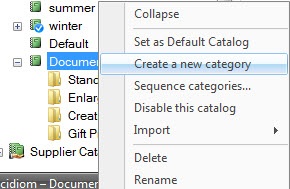 Image Added Image Added
| Creating a product category |
|
- Start by accessing Store Management > Product Catalog and select Create a New Catalog from the left-hand panel under the Catalog listing.
- Enter a name to identify this catalog, then press Enter.
- Right-click on the new catalog, and select to create a new category, then enter a name for the category.
- Continue to add Categories within the Catalog until you've created all of the category options you would like available for product groupings on your website.
...
When you have finished editing the product, click on Save Changes on the left panel to return to the catalog screen. unmigrated-inline-wiki-markup
{| Advanced Tables - Table Plus |
|---|
:align=right|columnAttributes= | | style="text-align:center;" | | align | right |
|---|
|
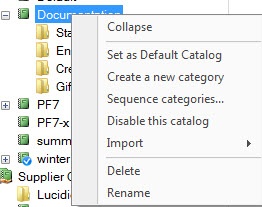 Image Added Image Added
| Catalog Options |
|
Creating Additional Product Catalogs
...
- Collapse: The catalog menu will shrink to a single line entry in the product catalog window.
- Set as Default Catalog: Assigns the selected catalog as the preferred product listing for Photo Finale Web.
- Create a new category: Creates a new product group with the name you specify.
- Sequence categories: Opens a window to organize the categories available within the catalog. By default, categories are listed in the order in which they are added to the catalog.
- Disable this catalog: Deselects the catalog as the default.
- Import: Allows you to import a pre-defined product list from a third-party supplier or Lucidiom. Options within this section include the following:
- From Template: Imports a catalog of standard print products or prints and folio products created by Lucidiom. It includes the icons that are assigned to each product group on the APM and default recommended retail pricing.
- From Supplier: Imports a catalog of products from a third-party provider. These products may be produced in-house or re-routed to a production house depending on the catalog settings specified by the provider.
- Delete: Removes the catalog from the product catalog. This cannot be reversed.
- Rename: Renames the catalog.
...
{| Advanced Tables - Table Plus |
|---|
:align=right|columnAttributes= | | style="text-align:center;" | | align | right |
|---|
|
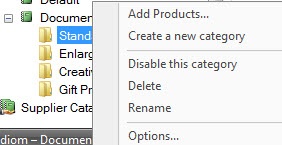 Image Added Image Added
| Category Options | 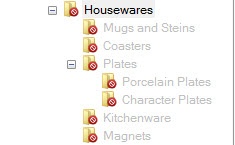 Image Added Image Added
| Disabled Category Tree | 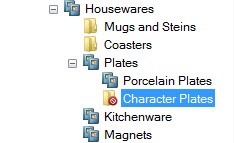 Image Added Image Added
| Disabled Sub-category |
|
Category Options:
To view options available for customizing a category within a catalog, right-click on the category you wish to edit. The menu options are as follows:
...
**Note: If you hover over an icon, the full file name will be displayed. unmigrated-inline-wiki-markup
{| Advanced Tables - Table Plus |
|---|
:align=center|columnAttributes= | | style="text-align:center, |
| | style="text-align:center;" | | align | center |
|---|
|
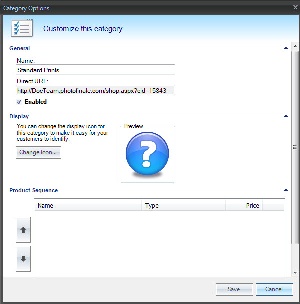 Image Added Image Added
| 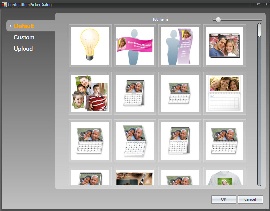 Image Added Image Added
| Category Options Window | Category Icon Selection |
|
| Warning |
|---|
| title | Improper Catalog and Category Setup |
|---|
|
When setting up a main Category or Sub-category, make sure to have at least one active/enabled product within that section before enabling the Category or Sub-category itself.
Also, make sure that if a Sub-category is enabled that the Parent Category is also enabled. Failing to do so may cause issues on the site with order completion when a customer attempts to finalize an order. |






